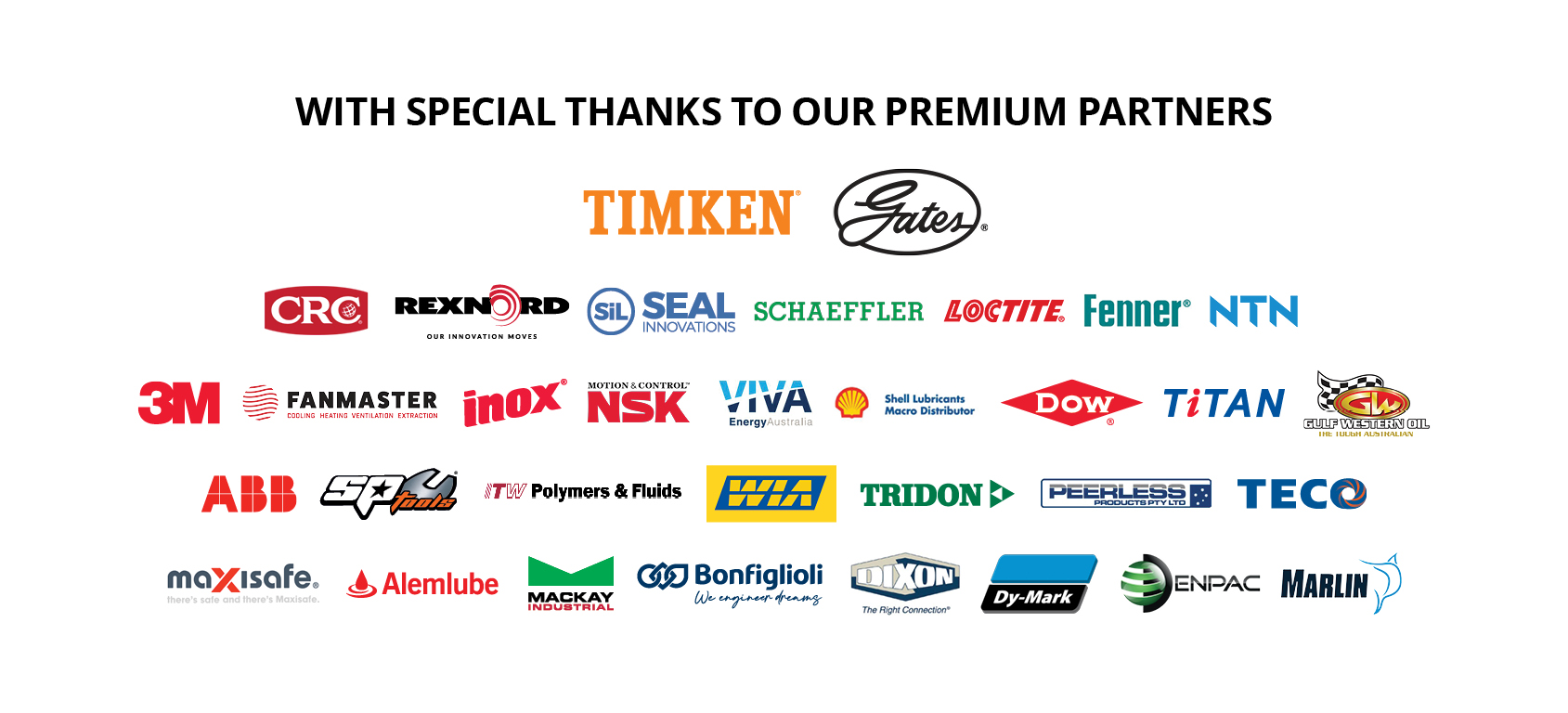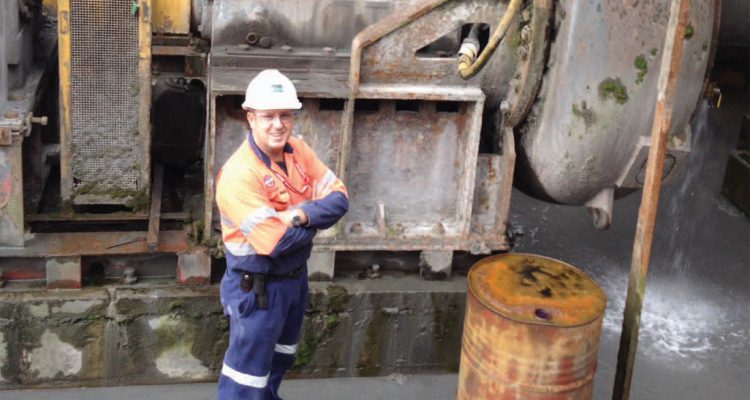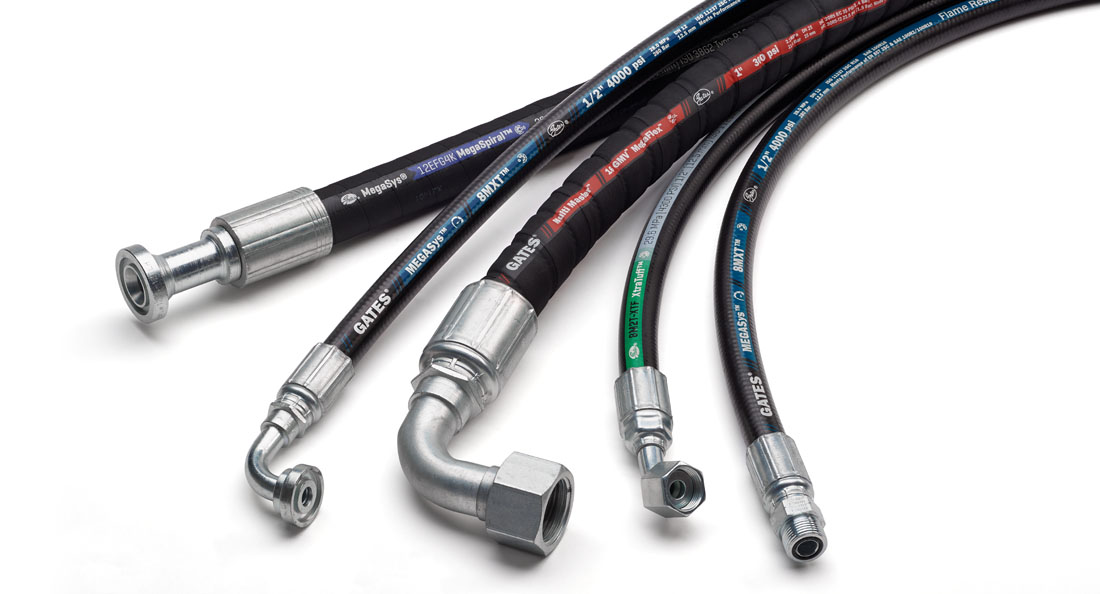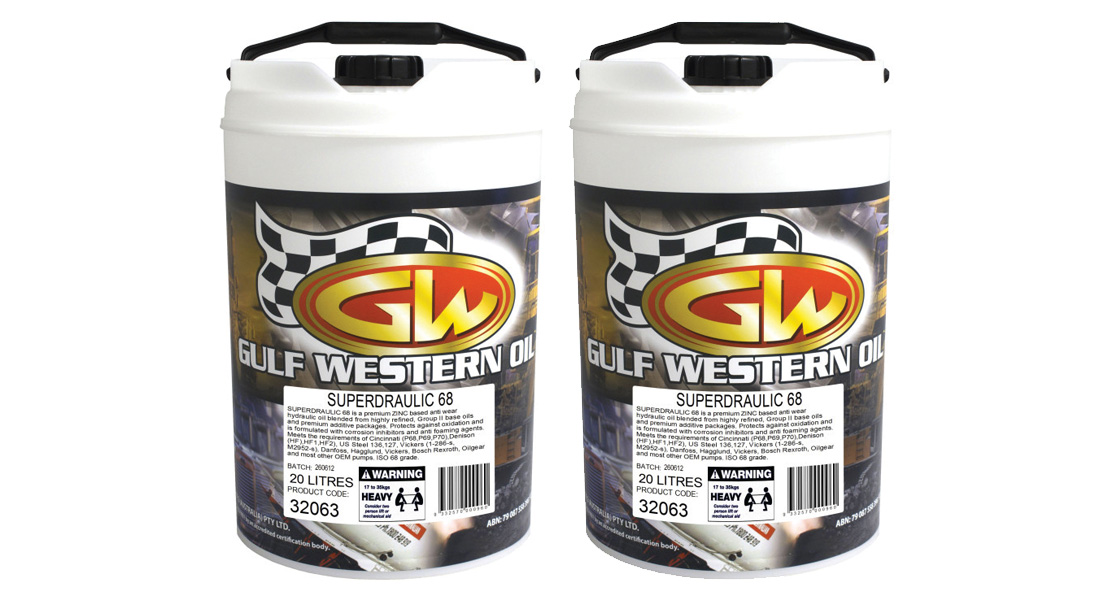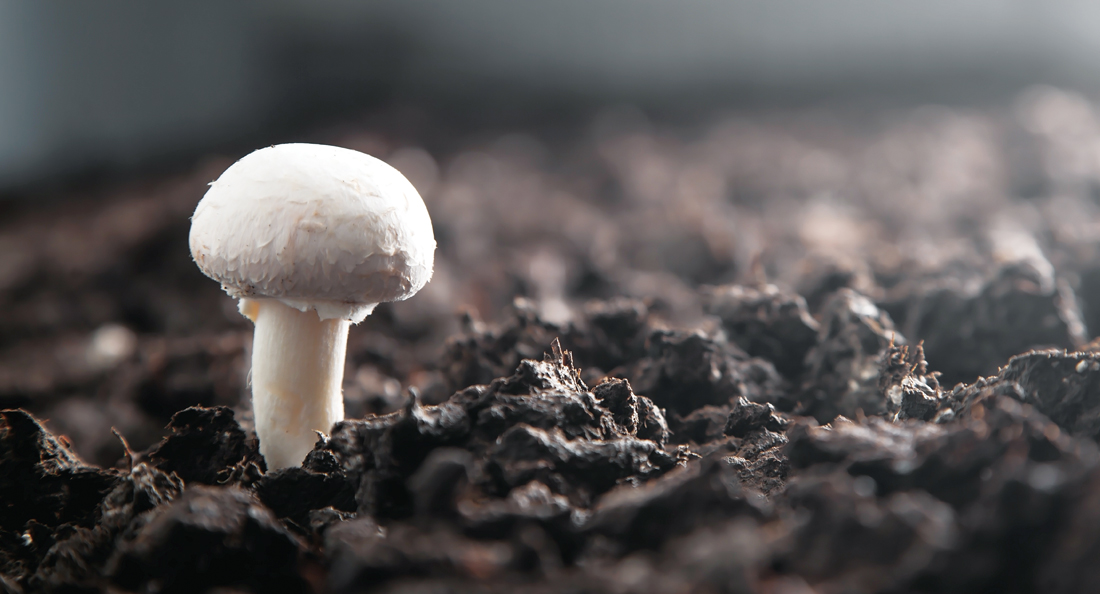‘Keeping industry moving’ is the company slogan that Seal Innovations – part of Motion Asia Pacific’s businesses – has chosen and sometimes, it so happens that keeping operations moving in heavy industries such as mining requires stopping unwanted action elsewhere.
An example is gland packing seals in slurry pumps.
Slurry pumps used in the mining industry often carry liquid mixed with highly abrasive solids and the task of preventing this corrosive material from leaking onto the shaft and outside the pump falls on the gland’s seals. Slurry pumps themselves are also exposed to corrosion, but these are often designed with sacrificial material and replaceable spare parts to withstand the wear. It is the seals that can be the weakest link, according to Raj Jadow, National Key Account Manager at Seal Innovations.
“Three basic types of problems can lead to failure of gland seals in slurry pumps,” says Raj. “The first one is corrosion. When you have a hyper saline or chemical environment, it will lead to seal corrosion. This problem can be aggravated if there’s erosion in pump parts, leading to material crystallising around sealing surfaces.”
The second major cause of failure for gland seals, according to Raj, is wear and tear.
“This is often caused due to adulteration of the sealing chamber by slurry being pumped through insufficient flow passage, which in turn leads to higher water pressure. It can also be caused through fluid crystallisation or through excessive force applied between sealing faces by over tightening of the gland follower.”
Lastly, Raj says gland seals are susceptible to failure due to excessive friction, caused by over-tightening of the gland seal.
“Gland sealed pumps are designed to leak, so they should be allowed to drip so that the flushing water can cool the gland. If too much pressure is inserted to achieve zero leak, it creates too much friction in the seal.”
So, what is the real fix for preventing untimely seal failures in slurry pumps? Raj suggests a combination of selecting the right seal material, correct installation, pump start-up procedure, optimum pressure and flow of clean flush water. Seal Innovations also has hybrid solutions that can help.
As a key provider of sealing solutions to heavy industries such as mining, mineral processing, oil and gas, Seal Innovations has developed products in its portfolio that make the job of maintenance technicians easier when it comes to slurry pump seals.
The P4 gland packing ring sets, developed by Seal Innovations, are four different styles of pre-cut gland packings designed to fit different pump sizes in heavy-duty slurry pumping applications. Each P4 pre-cut packing is selected from a different packing material, making It suitable for wide a range of chemicals, abrasive solids and pressures.
“Our customers have experienced up to 40% improvement in packing life when they used the P4 ring sets in accordance with our installation and pump start up procedures,” says Raj.
Moreover, Raj says Seal Innovations has developed a range of extraction tools and tamping tools that ensure correct installation of the packing onsite.
“Installation of gland packing is equally important for effective performance of seals. Hence, we have developed tools required for installation of the packing based on experience gained from our own technicians. These tools are exclusively available through CBC, BSC, and WebsterBSC branches Australia-wide,” Raj says.
On-site installation is another area where the Seal Innovations team is actively involved with industries. Apart from providing in-house services to repair and refurbish damaged seals, Seal Innovations’ technicians also regularly conduct training programs for workshop staff and fitters on-site to share their expertise with them, Raj explains.
“Our qualified technical staff have years of experience in performing overhaul, repair and refurbishment of slurry pumps. Our experts can also design and develop bearing isolators to prevent fluid entering the wet end of the pump. We have CNC machines and capabilities in Australia to design and manufacture seals based on customer requirements,” Raj concludes.
